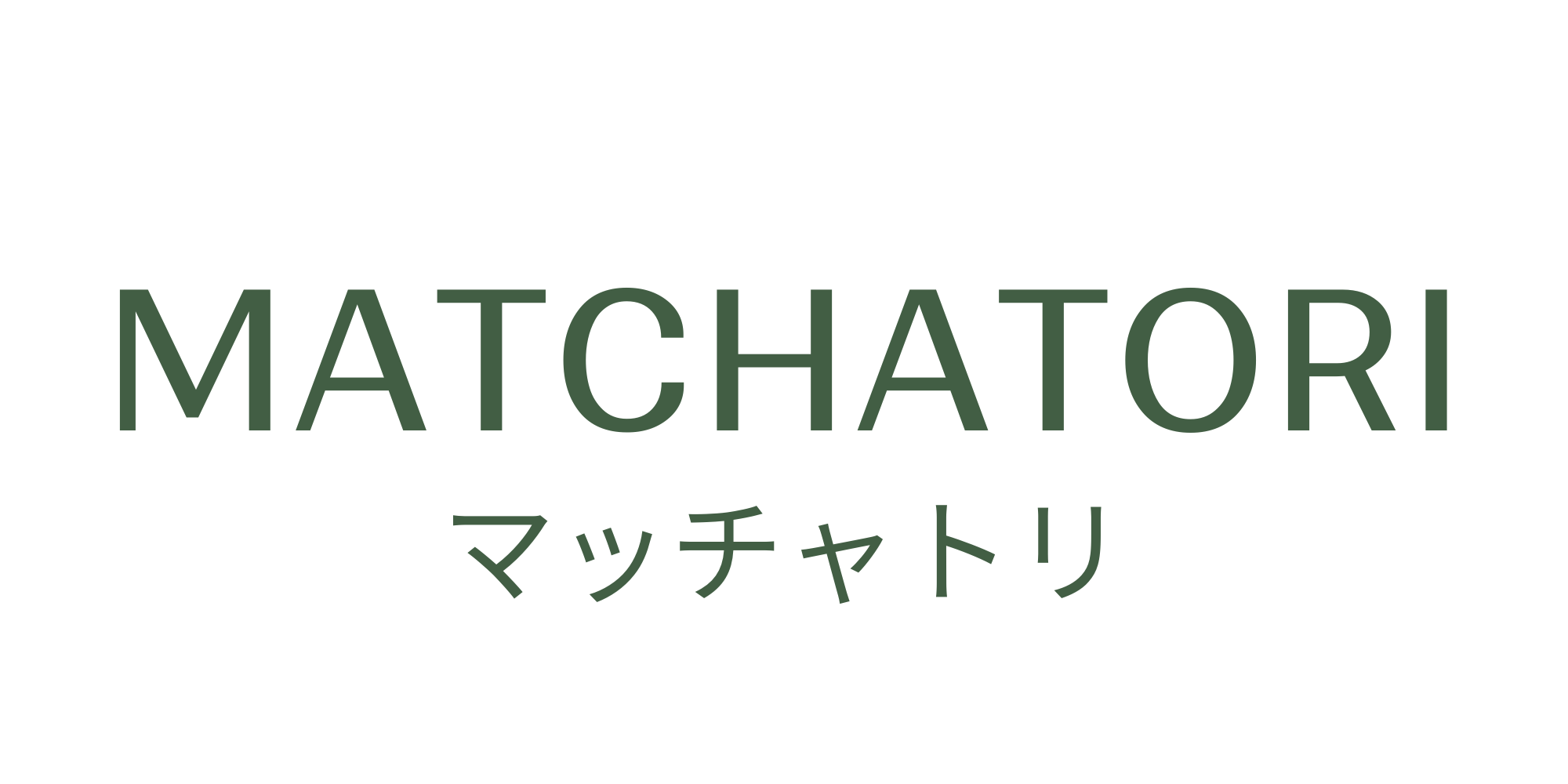
No 2. Traditional Ceremonial Grade Matcha 40g
Authentic, balanced & silky
€44,95
Unit price perIn stock - Ready to be shipped
TLDR – How to choose the right matcha:
Beginners: No 1, No 2, No 4, No 10
Best for drinking straight: No 2, No 6, No 10
Mid-range favourites: No 4, No 5, No 9
Best budget options for lattes: No 3, No 12
Explore something new: No 7, No 8
Which matcha should I choose?
Matcha is a bit like wine. Its flavour is shaped by origin, cultivar, shading, weather and how the leaves are harvested and handled. Every detail influences the final taste, which is why each of our matchas has its own character.
All our matcha is high quality, so you can’t really go wrong. There is no “standard” matcha in our range. Each one offers a different expression, and we always recommend trying a few to find the style you enjoy most.
Higher-priced matcha usually reflects higher leaf quality and flavour depth, but your choice should also depend on how you plan to drink it.
If you’re new to matcha, here are the most approachable options:
No 1 Superior Ceremonial Grade – fresh, soft and elegant
No 2 Traditional Ceremonial Grade – creamy, round and nutty
No 4 Signature Ceremonial Grade – warm, nutty and balanced
No 10 Awakening Ceremonial Grade – naturally sweet, silky and very easy to enjoy straight or in a light latte
If you drink your matcha straight, consider these refined and more complex options:
No 2 Traditional Ceremonial Grade
No 6 Okumidori Ceremonial Grade
No 10 Awakening Ceremonial Grade – smooth, sweet and exceptionally delicious when enjoyed pure
If you want excellent quality at a mid-range price:
No 4 Signature Ceremonial Grade
No 5 Everyday Ceremonial Grade
No 9 Mt Fuji Ceremonial Grade
If you want a good matcha for lattes at a lower price:
No 3 Latte Grade Matcha
No 12 Signature Latte Grade Matcha
If you want to explore something new and discover unique cultivars:
No 7 Tsuyuhikari Ceremonial Grade – bright and clean
No 8 Yabukita Ceremonial Grade – bold and aromatic
A premium ceremonial matcha with a rich and aromatic character. Its balanced intensity and deep umami create a smooth, full-bodied flavor that feels incredibly creamy from the very first sip. This is the kind of matcha that leaves a lasting impression.
The aroma is gentle yet complex, with soft floral and vegetal notes supported by light nutty undertones and a subtle roasted touch. Hints of fruitiness, fresh grass, and warm wood add even more depth, making the experience both comforting and layered. Every sip offers a creamy texture, a round flavor, and a beautiful sense of balance.
-
Net weight
40g
-
Harvest
First harvest (Ichibancha)
-
Cultivars
Yabukita
Matchatori

Bad Matcha

OUR PROMISE
Vibrant green matcha
Matcha specifications
Find out more about this matcha, where it comes from and how to enjoy it at its best.
Product name
No 2. Traditional Ceremonial Grade Matcha 40g
Net weight
40g
Area
Harvest
First harvest (Ichibancha)
Cultivars
Yabukita
Best for
Usucha (thin tea), Koicha (thick tea) & Lattes
Energize, Focus, and Thrive
How to use Matchatori

Rich Umami from Mountain Valleys

THE ORIGIN OF MATCHATORI
Yame, Japan
Frequently asked questions
Matcha is a finely ground powder made from shade grown green tea leaves.
Unlike regular tea, where the leaves are steeped and then removed, matcha is whisked directly into water so you drink the entire leaf and all of its natural nutrients and antioxidants.
Good matcha has a bright, vivid green color and a smooth, silky texture. The taste should be rich and naturally sweet with a gentle umami and very little bitterness.
Most importantly, true matcha always comes from Japan. Every Matchatori blend meets these standards, made with care and attention to quality from start to finish.
Both come from the same plant but are grown and enjoyed in different ways. Matcha is shade grown, which increases its chlorophyll and amino acids and gives it a deeper flavor and more nutrients.
It is also consumed as a powder, meaning you drink the entire leaf. Regular green tea is steeped in water, so you only get part of the leaf’s natural benefits.
We focus entirely on high quality matcha and offer a range of ceremonial grade options to suit different preferences. Most of our matchas come from the first harvest, which ensures exceptional color, aroma and taste.
We also offer a few premium latte grade matchas made from either first and second or pure second harvests, perfect for everyday lattes.
Our matcha comes directly from family owned farms across Japan in Kagoshima, Yame, Fuji Shizuoka and Asahina Shizuoka.
Each region has its own unique character and flavor, and our family of tea growers continues to grow as we discover new partners and harvests.
Ceremonial grade is the highest quality, bright in color and smooth in taste, made for traditional preparation with just water.
Premium or latte grade is slightly less delicate but still smooth and flavorful, perfect for lattes and everyday drinking.
Culinary grade is more robust and slightly bitter, ideal for recipes, desserts or smoothies.
A bamboo whisk helps you create the smooth and frothy texture that makes matcha so special. While a milk frother or blender also works well, a chasen gives a finer, more even foam and a more authentic experience. The most important thing is to enjoy the ritual in a way that feels right for you.






